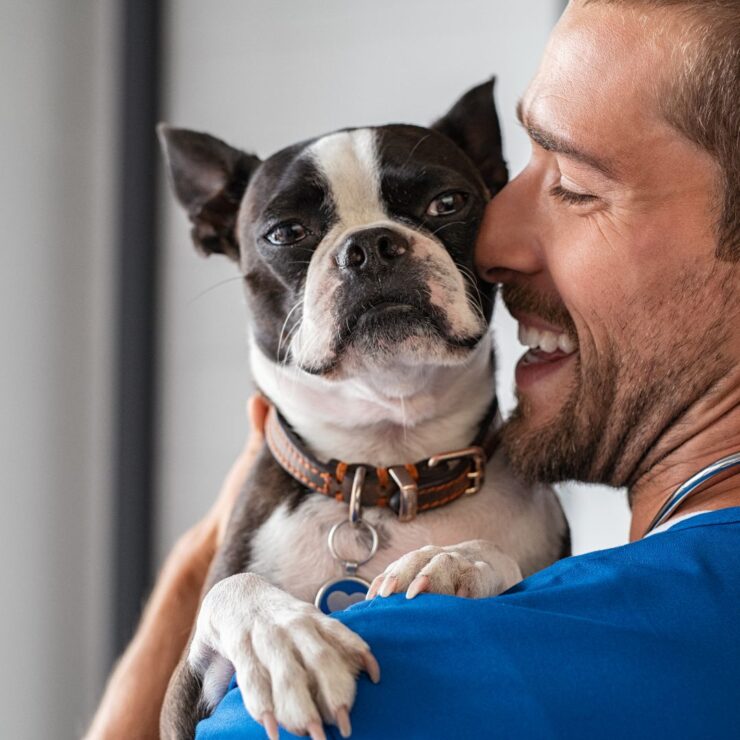When should we see a vet?
As owners, one of our biggest fears is that our pet will get hurt or feel unwell.
There are obvious situations where we know we need to rush to the vet immediately, but there are also situations where it’s not so easy to determine the severity of the situation.
If you are worried about your pet and think something is wrong, take it to the vet, the sooner you start treating an illness the better, and if everything is fine you can go home and not spend days wondering if you should take it.
But what if it’s 11 at night, or you’re home alone with a baby, or you‘re sick in bed yourself?
What if you are away on holiday and someone else is looking after your pet?
In the following, I would like to give you some guidance and advice to help you decide when to call your vet or go to the emergency room.
As an owner, the first thing you may notice if your pet has a problem is that he or she is not behaving as usual.
He sleeps more, breathes differently, doesn’t want to play, is groggy. However, behavioural changes can be caused by the front, heat, humidity, how much you played that day, how tired you are.
Then comes one of the many crucial questions: does the animal want to eat? Most of our pets are very fond of their tummies and instinctively grab every opportunity to eat, so if they don’t want to eat or are just monkeying around, that’s a problem.

You may then face a different scale of problem depending on the species of your animal.
In dogs – depending on their size, of course, a chihuahua can have a very low blood sugar level in a few hours, while a German Shepherd will not – going without food for a day will not cause a serious deterioration.
However, even a day’s fasting can take its toll on the body, especially in overweight cats.
And in bunnies, because of their extreme sensitivity, not eating for half a day can cause serious deterioration.
I want you to be a prepared owner and to be able to provide a healthy life for your four-legged family member!
We can help you do that with our training!Dr. Pálma Piller
As the owner, we can check it at home and the colour of our pet’s mucous membranes is an important diagnostic point.
The easiest way to check this is through the gums.
Some dogs and cats have pigmented gums, so we cannot examine the mucous membrane here, but we can look at the colour of the mucous membrane by pulling down the lower eyelid a little.
It is healthy and pinkish in normal condition.
If you press the gum with your finger (you are squeezing the blood out of the area so it will be white), it should come back completely in 1-2 seconds.
If this does not happen, or if the mucous membrane is white or grey or even purple, your pet needs urgent veterinary attention.

Other common cases include lameness and when your pet eats something it shouldn’t.
If one of your pet’s legs is not as heavy as the others, but they are happy and eating, this is unlikely to indicate a life-threatening condition.
Under no circumstances should you give your pet human painkillers, as most of them are severely toxic to dogs and cats!
In the event that your pet has ingested a poison, chocolate, raisins, socks or a bag, you should rush it to the vet as it can be vomited up within three hours, which is not pleasant but much better than an operation to open the intestines or death from poison.
Unfortunately, in most cases, no one but us will be able to decide whether we should take our pet to the doctor now or wait until tomorrow morning.
Nor can you decide, because the doctor or the assistant cannot see the animal or assess its condition.
This decision must always be made by the owner and the person who is with the animal, who can see its current condition.
The examples above are guidelines to help you decide what to do in a given situation if you are clueless and worried.
Therefore, it is also very important that if we cannot be with our pet for some reason, we leave it in the hands of someone who knows what to do and provide them with all the information about the animal’s habits and needs.
This way we can go on holiday with peace of mind, knowing that if there is a problem, the sitter will notice and take action.




